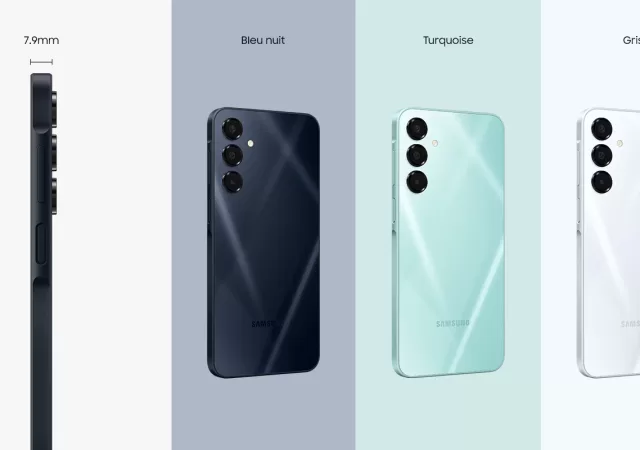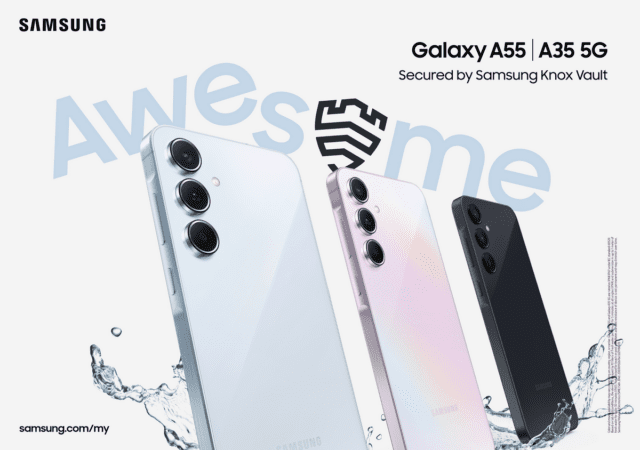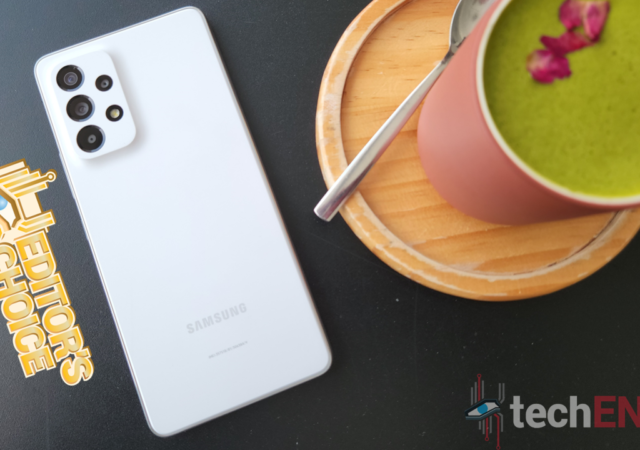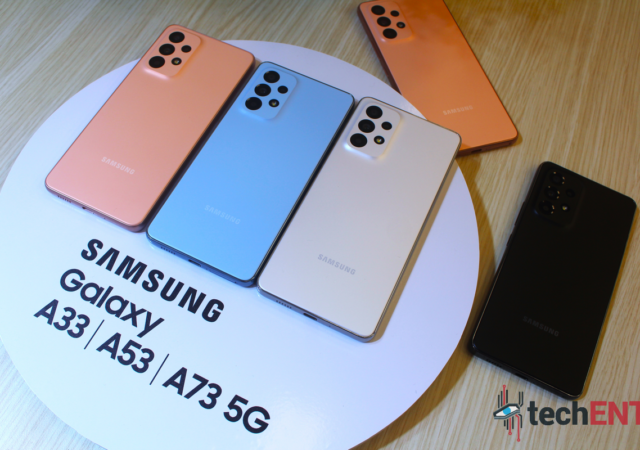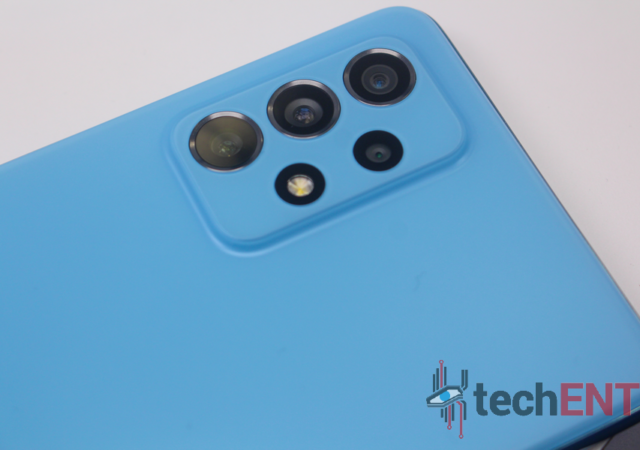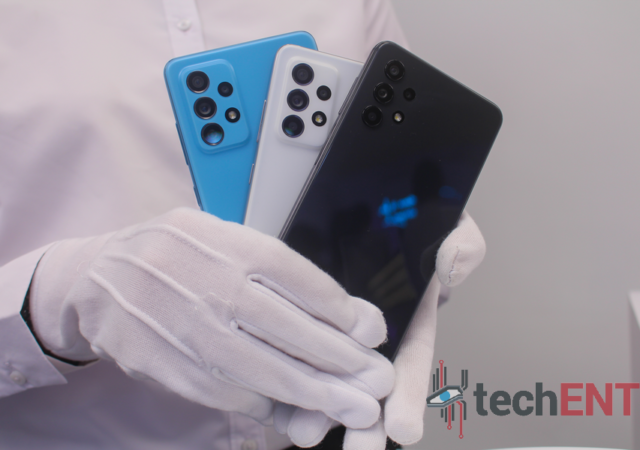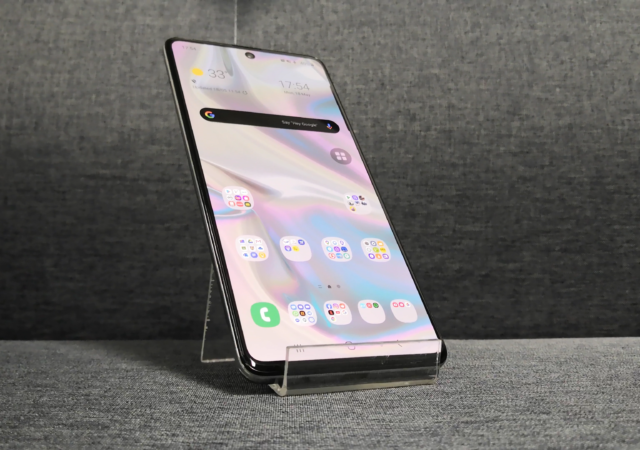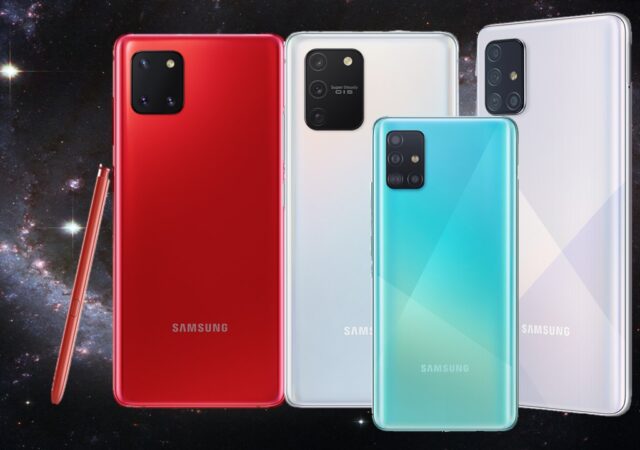It seems Samsung might have accidentally jumped the gun on the official announcement of the Galaxy A16 5G. While there hasn’t been a formal unveiling yet, details about the phone have surfaced on the Samsung Netherlands website. This budget-friendly smartphone…
Samsung Galaxy A Series Released with Knox Vault
Samsung announces the new Galaxy A series with the Galaxy A55 and Galaxy A35 that come with Knox Vault for better data security.
Samsung Galaxy A53 5G In-Depth Review: A Delicate Balancing Act That Pushes the Mid-range Further
Samsung’s Galaxy A53 is the mid-point of its revamped mid-range lineup. How does the true mid-ranger fare? We’re breaking it down.
Samsung’s New Galaxy A Focuses On Bringing Flagship to the Mid-range
Samsung announces an all new Galaxy A series for 2020 with three models spearheading their movement for democratising flagships.
Samsung Galaxy A72 Hands On
We go hands on with the new Galaxy A72 in Awesome Blue! Take a look at Samsung’s latest entry into the Galaxy A series in a signature blue hue!
Samsung’s Galaxy A Series Gets Awesome Flagship Features
Samsung’s new Galaxy A52 and Galaxy A72are being supercharged with flagship specifications bringing more value to their midrange line up.
OPPO Spices Up Mid-range Line up with the A93
OPPO announces a new entry into their A series – the OPPO A93. The new smartphone brings an even lower price point with more features and OPPOs Selfie Portraits.
OnePlus Nord Will Be Coming to Malaysia, India and Europe – Here’s What You Need to Know
OnePlus is set to launch a new mid-range smartphone: the OnePlus Nord. The new power packed smartphone is set to debut on July 21, 2020. Here’s what you need to know.
Samsung Galaxy A71 In-Depth Review The Affordable Jack of All Trades?
The Samsung Galaxy A(w-Suh-m) series is full of awesome goodies from the front of the Super AMOLED screen all the way to the camera array on the back. The A series has always been about variety; ranging from the Samsung…
Samsung Galaxy Note10 Lite, S10 Lite, A51 & A71 Go On Pre-order in Malaysia
The Samsung Galaxy of devices is about to get a whole lot bigger and more affordable with four new devices. The new devices will be available in the market starting from February with pre-orders starting on February 3, 2020. Meet…



